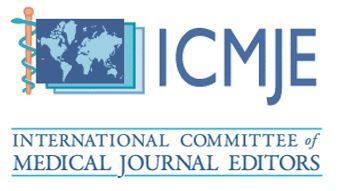A Comparative Study on the Safety and Efficacy Parameters of Cyclosporine and Tacrolimus on Renal Transplanted Patients: A Malaysia Experience
DOI:
https://doi.org/10.51200/bjms.v12i3.1165Abstract
Calcineurin inhibitors, cyclosporine and tacrolimus are increasingly becoming part of the standard immunosuppresant therapies for renaltransplanted patients in Malaysia. In this study, the clinical safety and efficacy of cyclosporine and tacrolimus in a Malaysian renal-transplanted population is compared. A fourteen-year retrospective review on all renal-transplanted patients (from September 1991 to September 2015) or patients being followed up at University Malaya Medical Centre (UMMC) on cyclosporine or tacrolimus regime was conducted. We collected the clinical and laboratory parameters at 3-month, 6-month, 7-month, 8-month, 9-month, 10-month, 11-month, 12- months, 2-year and 3-year following from transplantation for each drug. The mean cyclosporine and tacrolimus trough levels were within the recommended therapeutic ranges (189.16 ± 69.10 ng/ml and 7.84 ± 2.18 mg/day respectively). The mean low-density lipoprotein (LDL) was significantly higher at eleven months for tacrolimus compared to cyclosporine. Similarly, the mean total bilirubin level was significantly higher with cyclosporine as compared to tacrolimus between 3 – 9 months post transplantation but did not show any significant difference (p = 0.49). The overall monthly means of serum uric acid levels in patients were also similar, 380 ± 87 mg/dL (cyclosporine) and 390.96 ± 95.97 mg/dL (tacrolimus) (p = 0.49). The Kaplan-Meier survival rate is significantly longer (p = 0.03) with cyclosporine-based treatment as compared to tacrolimus. Overall, cyclosporine and tacrolimus did not show any significant difference in terms of safety and efficacy parameters among Malaysian renal-transplanted patients indicating that they may be used interchangeably.
Downloads
Published
How to Cite
Issue
Section
License
The copyright of the article belongs to the authors, who retain ownership of their work published in the journal. Their work is distributed under the CC BY-NC 4.0 license








1.png)




